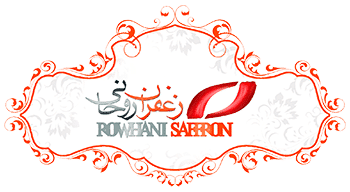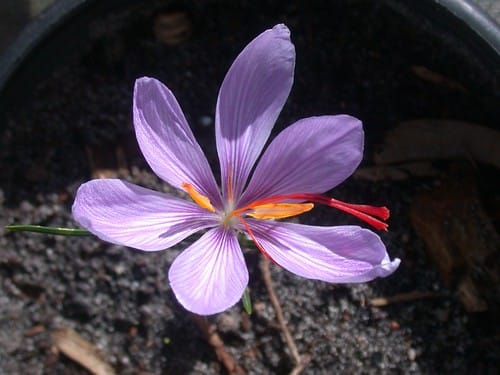Iranian red gold saffron is becoming more global
This plant product is Iranian red gold saffron and one ounce of it is even more expensive than gold in some big western stores.The lifting of sanctions against Iran in mid-January has sparked new global demand for the product. This is the first time in the last 15 years that saffron is exported to the United States.
Saffron is a fragrant plant that is used in most Iranian dishes, and its name can be seen in the recipes of some of the most famous chefs in the world. However, the export of this product decreased during a decade of sanctions and at the same time with the severance of Western economic relations with Iran.
Between 80 and 90 percent of the world’s saffron is produced in Iran, but banking and commercial restrictions have left Iranian companies facing major barriers and challenges to exporting the product, especially to the United States and Europe.
Instead, sanctions created a large market for synthetic dyes, and other countries acted as intermediaries by importing genuine saffron from Iran and re-labeling and exporting it to other countries in their own name at higher prices.
The first shipment of saffron on the way to America
Mohammad Javad Rezaei, head of the Saffron Export Development Fund, has announced that the first shipment of saffron will arrive in the United States next week. He predicted the lifting of sanctions and direct trade with Europe would increase saffron exports by nearly 40 percent in the future.
Rezaei added: After the implementation of the nuclear agreement between Iran and the West, a number of countries, such as Spain, want to buy saffron directly from Iran.
He added: During the sanctions period, saffron exports decreased significantly and it became very difficult to send or receive foreign currency. We have requested saffron from the United States, and the first shipment of saffron, which weighs 20 kilograms, will be sent to the United States for the first time in 15 years.
Great effort, high price!
The high price of saffron is due to the fact that in order to prepare one kilogram of saffron, more than 150,000 saffron flowers must be picked. The saffron plant, whose flower has three small red stigmas, flowers only a few weeks of autumn each year, and the best time to pick it is early in the morning.
Saffron for food, for healing!
Iranians believe that saffron is anti-depressant and helps prevent Alzheimer’s and cancer and treat these diseases. Saffron is usually ground and mixed with hot water before adding it to rice. This fragrant product is also used in the preparation of yellow flakes. Yellow flakes are rice pudding that Iranians distribute between neighbors and the needy on religious occasions.
Saffron is the flagship of all spices, which is said to cause happiness and laughter.
In recent years, fluctuations in domestic saffron prices have become a major obstacle to the export of this product.
Gholamreza Miri, deputy chairman of the National Saffron Council of Iran, said that an unprecedented 310 tons of saffron has been produced in the country since the beginning of this year.
He added: In 2014, Iran exported a total of about 170 tons of saffron worth $ 244 million to 53 countries. Most of this saffron was produced in North Khorasan province.
According to the Iran Daily, traditional methods of planting and harvesting, and wholesale, are still weaknesses in the sector, but officials say middlemen and traders are another obstacle.
As part of the sanctions, the import of saffron to the United States was banned.
According to Reuters, even US officials have in the past monitored and inspected Spanish farms to ensure that they do not use Iranian saffron varieties in their exports to the United States!
Some challenges ahead
On the other hand, the Deputy Minister of Flowers, Ornamental Plants and Medicinal Plants of the Ministry of Jihad for Agriculture emphasized: Saffron production is an economic, cultural, commercial and health activity.
Ms. Mitra Majdzadeh in an interview with Radio Iran said: Due to the limited water resources in the country and the low need for saffron to irrigate, we can produce this product in many parts of the country and of course currently 75% of this product in Khorasan Razavi and 17% is produced in South Khorasan and the rest in other provinces such as Isfahan, Kerman, Fars and North Khorasan.
He added: Although other countries try to produce saffron due to its health benefits and medical uses, but Iran has the greatest advantage in terms of weather conditions to produce a quality product and we try to add all the added value of this product to the presence of Target markets will benefit the Iranian economy.
Strategy to strengthen the packaging industry
Ms. Majdzadeh said: the government is trying to organize the export of this product by using tariff and standard tools and the packaging industry should also be considered.
He added: The quality of Iranian saffron product is such that other countries try to import it in bulk by importing it in bulk from Iran, and we also try to export it packaged and register the geographical and genetic mark of Iran’s advantage. To protect saffron production.







Get Social